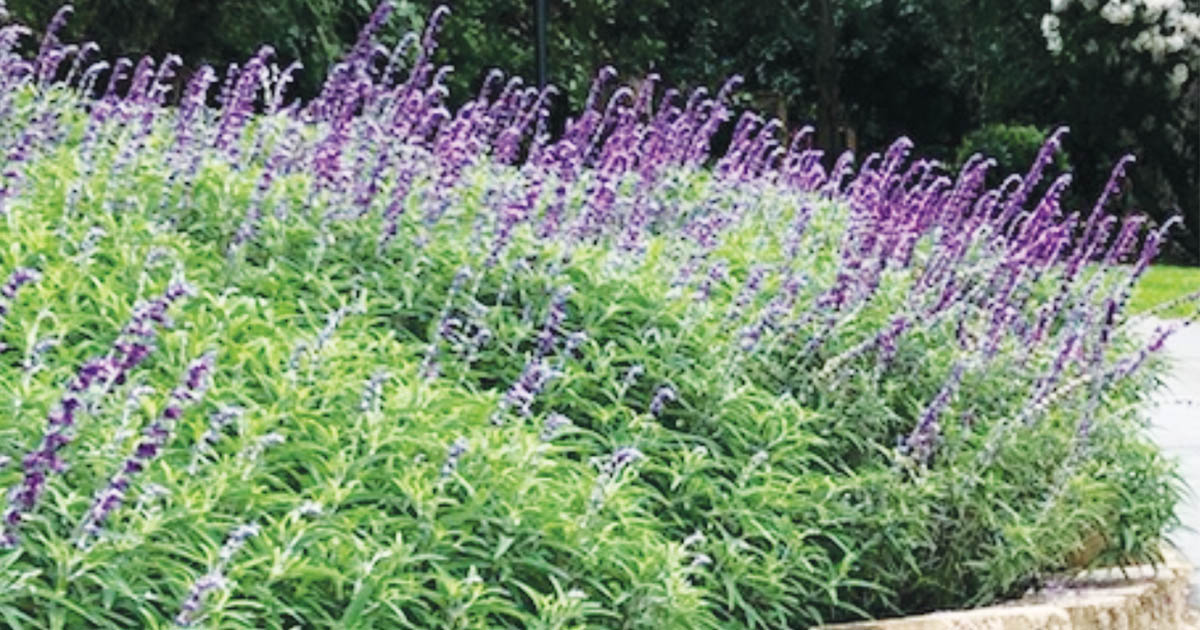The Galston District Garden Club met for the first time this year on the 14th February. Our guest speaker for the night was Judy Horton, Horticulturist, OAM, MAIH, RH, HMAA.
Judy made a presentation about the significance of the “Fosters Waterhole” in the district of Middle Dural. Our guest speaker for March will be James Carrick and the topic will be “Tree”.
Visitors and new members are warmly invited to attend the meetings. Come and enjoy the company of people with an interest in gardening. The next meeting will be on the 13th March at 7pm for a 7.30 start.
There will be a trading table with a variety of plants for sale and very reasonable prices and a cuttings table to help yourself to take home and propagate. Members enjoy a supper at the end of the meeting and time to catch up with the other members.
* If you are looking for plants that flower all year round with minimum of care then the Salvia family is for you, and all of them are sensational in the sun. They are rugged plants which grow equally well in rubbly clay or friable loam, providing they are well drained.

There is over 500 species of Salvias from edible sages and small to large shrubs up to 3m high. There is a Salvia to suit any climate, season and garden style. Most Salvias show off their flowers best in spring through to autumn. Salvias can easily be propagated by either sowing seeds or by taking cuttings or dividing old clumps.
Plant salvia en masse for a stunning display of colour in garden beds or use the smaller more compact varieties for pot displays around patios and entertainment areas. Most love a full sun position and well drained soil. Mix into soil before planting 5in1 Organic Fertiliser for strong healthy foliage and flower display.
An occasional application of soluble fertiliser will keep the plants flowering optimally, although too much nitrogenous food will result in excess foliage at the expense of flowers. They are tolerant of moderate droughts although in poor soils it is a good idea to protect their roots with well-rotted compost or mulch during prolonged periods of hot and dry weather.
Annual and perennial varieties can be pruned after flowering to remove spent flowers and reproportion top heavy plants, while the longer shrubby types should be cut to approximately 45cm from the ground in autumn, after which they will produce fresh new growth almost immediately.
For information regarding our Club please visit our website: www.galstongardenclub.com.au or email: galstongardenclub@gmail.com








